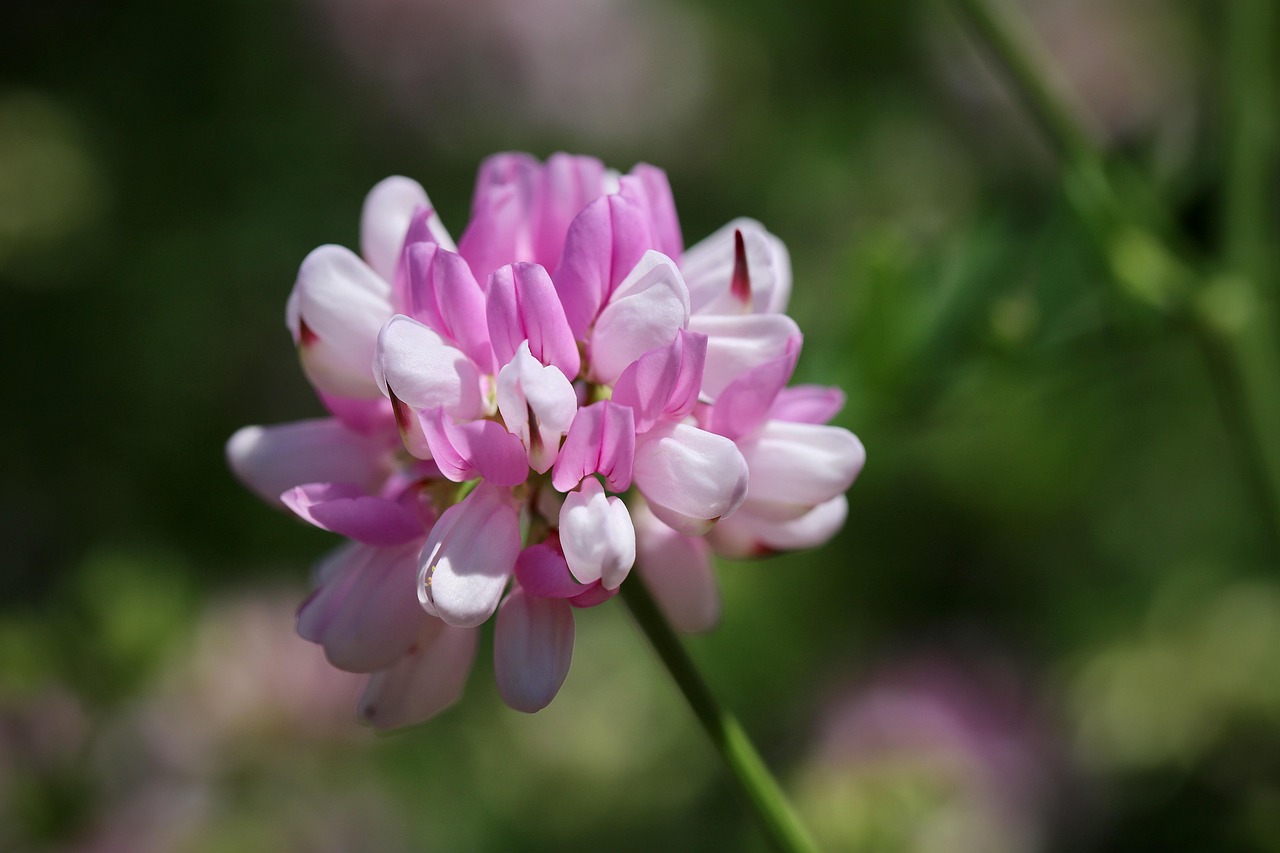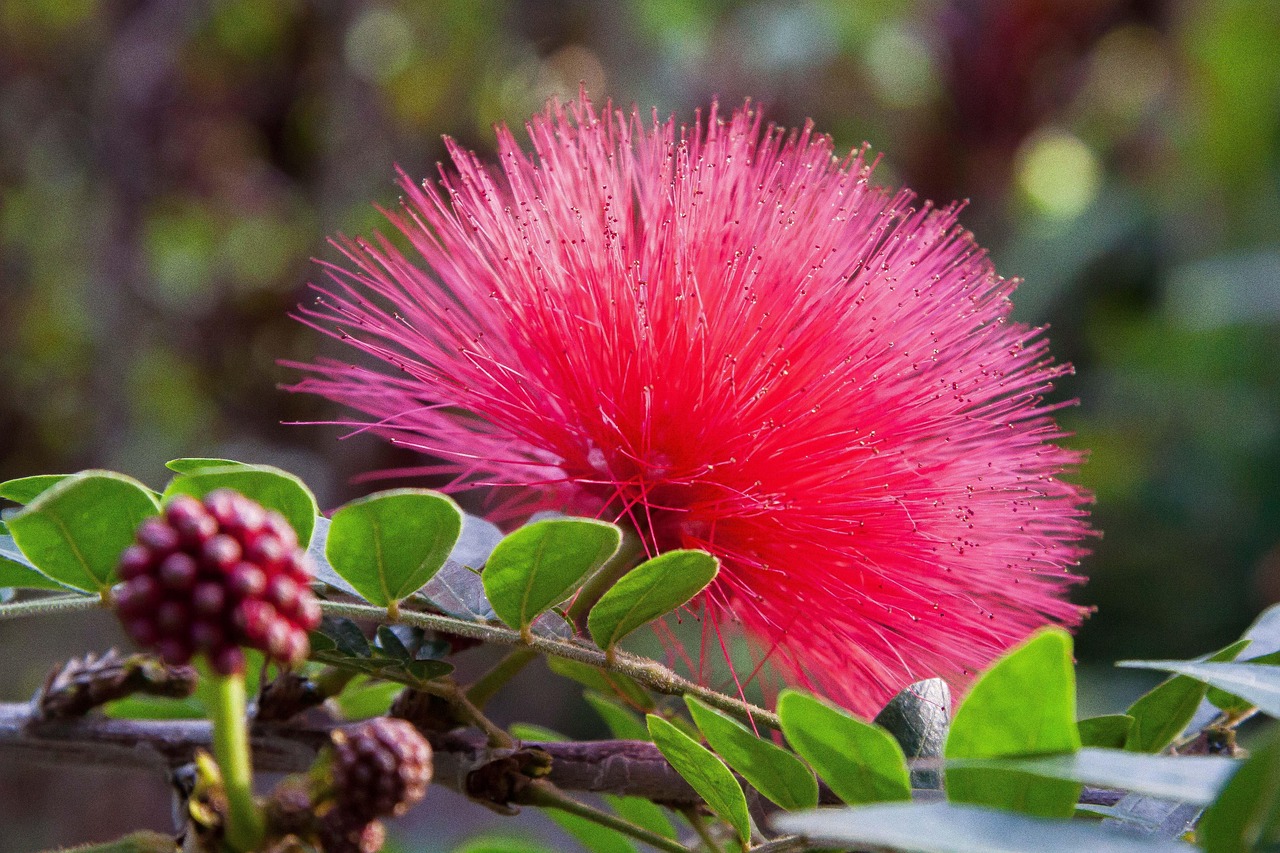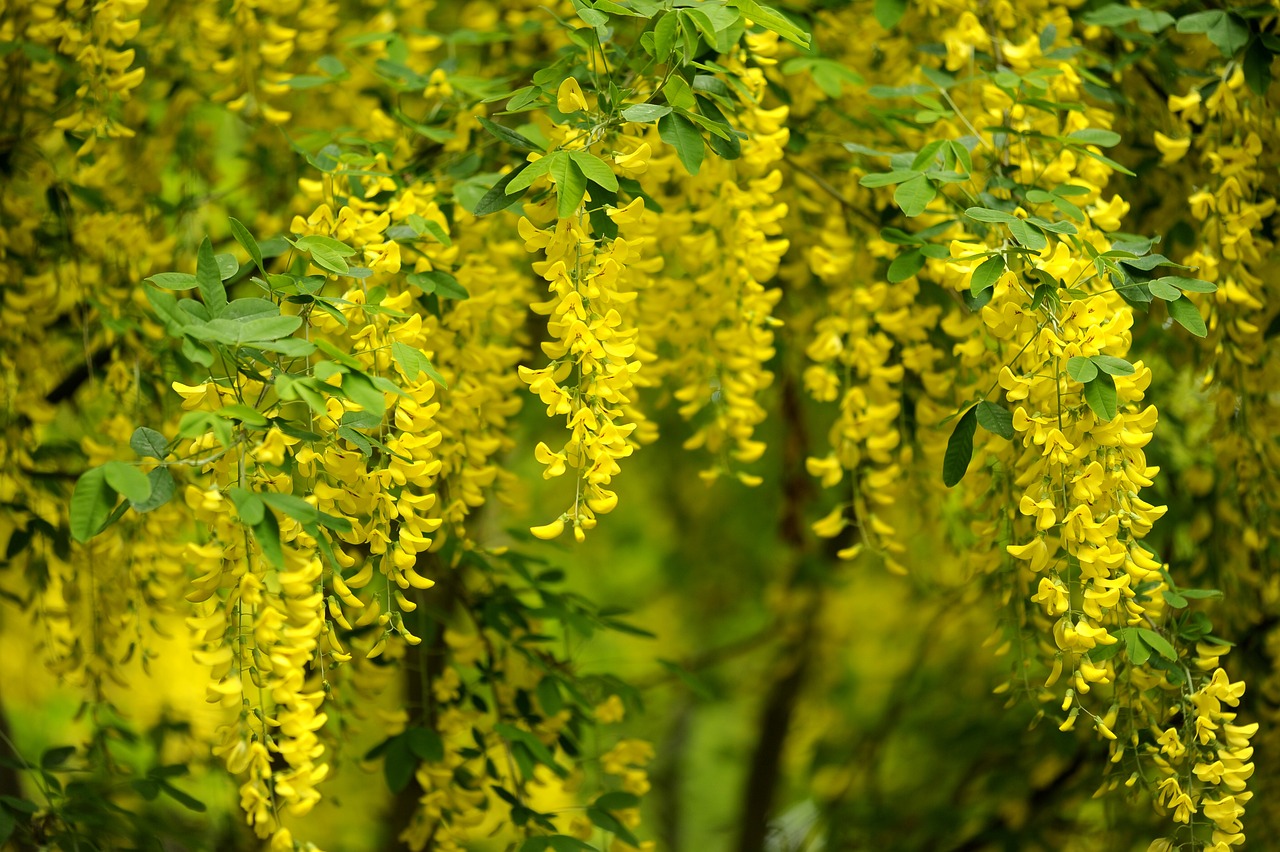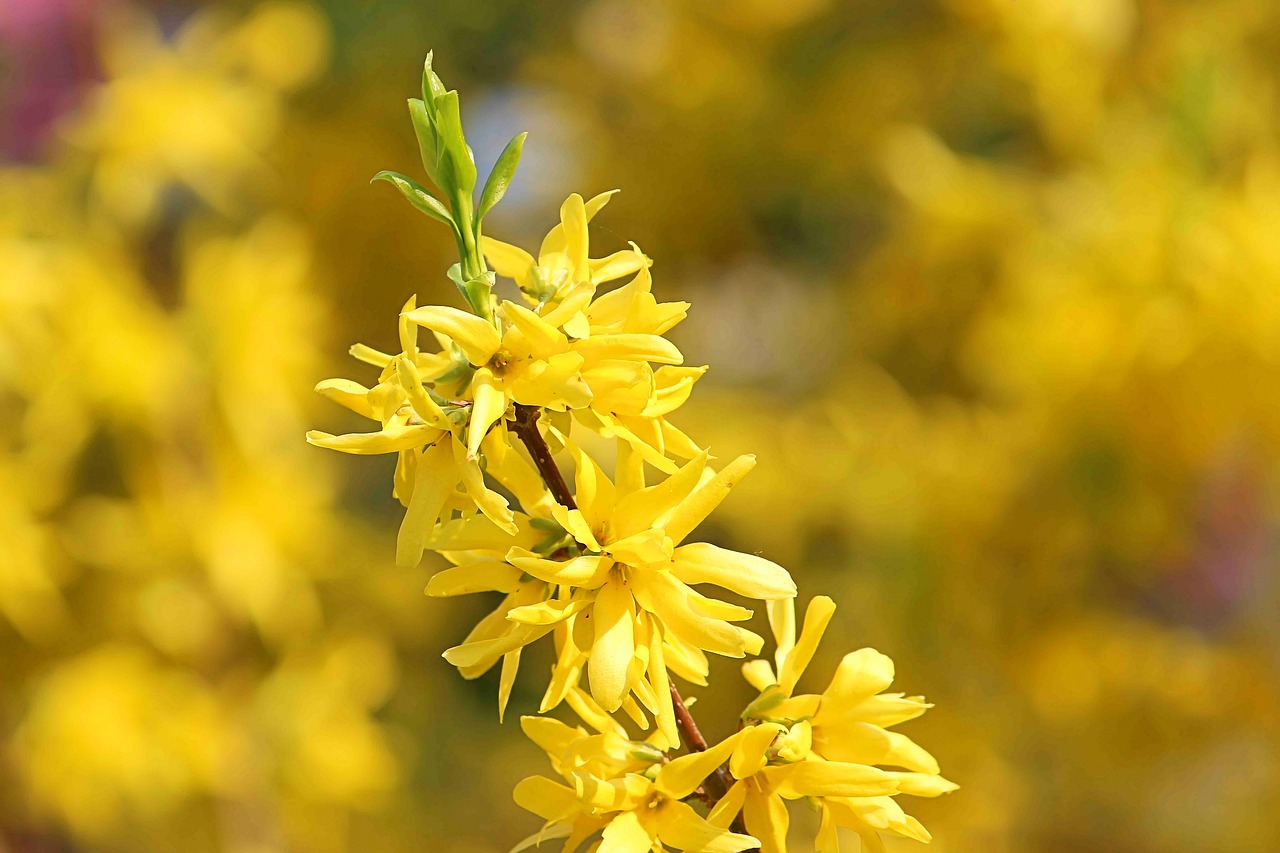Baptisia australis | The Perennial Plant from North America that Colored the Prairies
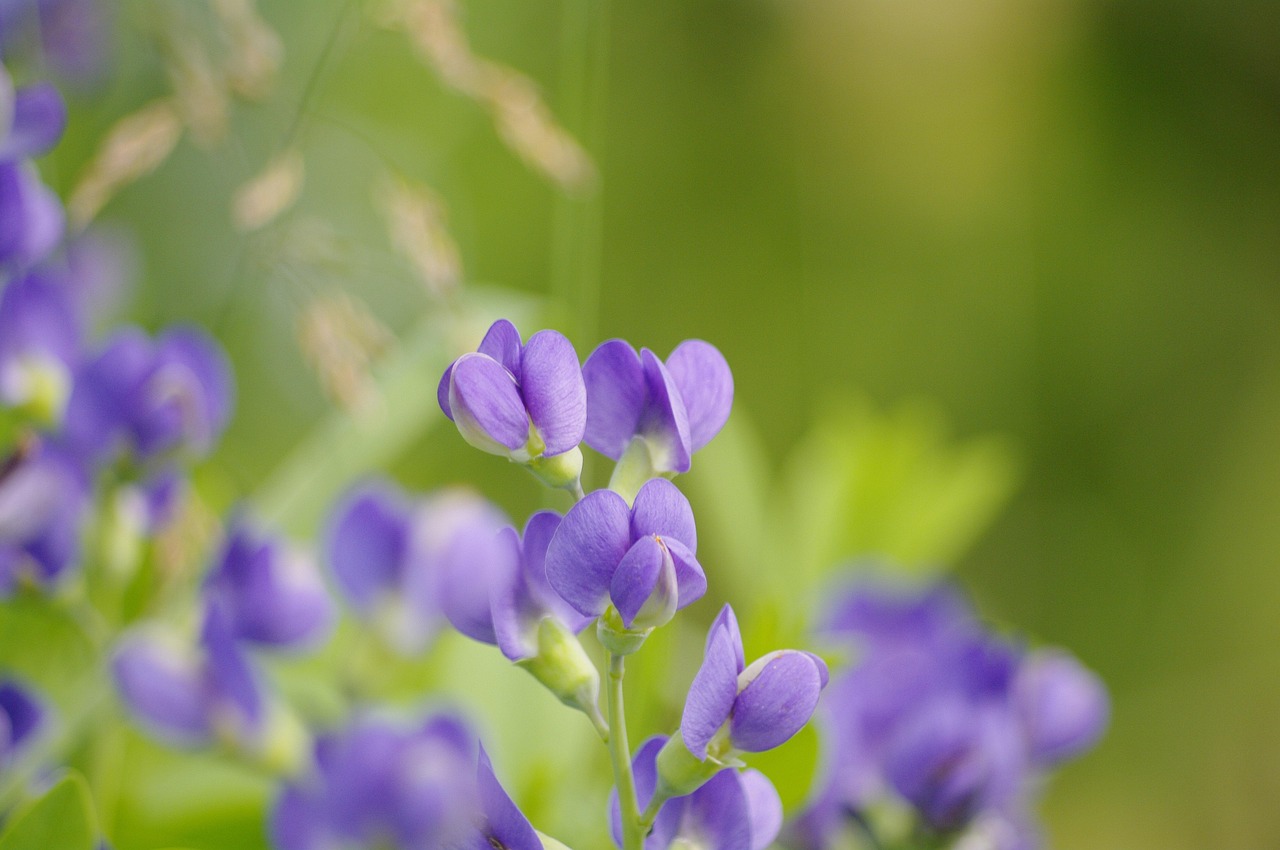
I find Baptisia australis, commonly known as blue false indigo, to be a perennial plant in the legume family that captivates with its striking blue-violet flowers and gray-green foliage.
Native to North America, it once thrived in the vast prairies and has long been valued in garden design for its ability to bring a natural sense of openness and harmony to landscapes.
In this article, I introduce the essential information about Baptisia australis, its cultural background, historical anecdotes, and practical advice on how to grow it.
Basic Information
- Scientific name: Baptisia australis
- Family: Fabaceae
- Origin: North America
- Appearance: It grows to a height of about 90–120 cm, producing upright racemes of blue-violet flowers in early summer. The trifoliate leaves are gray-green, giving the plant a calm, subdued impression.
- Blooming season: May–June
Cultural Characteristics Worldwide
In American garden culture, Baptisia australis has been cherished as a key component of naturalistic gardens. It plays an essential role in prairie-style landscapes and native plant designs, and it is often planted in parks and botanical gardens to support biodiversity and native species conservation.
In countries such as Germany and the Netherlands, it is also used in naturalistic garden designs that incorporate wildflower elements. Its gentle, natural appearance makes it highly valued for creating gardens that evoke a sense of the wild.
Historical Anecdotes
Baptisia australis was introduced to Europe between the late 18th and early 19th centuries as part of the wave of North American plants brought back by explorers and naturalists.
The genus name Baptisia comes from the Greek word meaning “to dye,” reflecting the plant’s history as a substitute for indigo. When indigo was scarce, the pigment extracted from Baptisia was known as “wild indigo” and was used in certain regions of America during the frontier era.
Gardening Advice
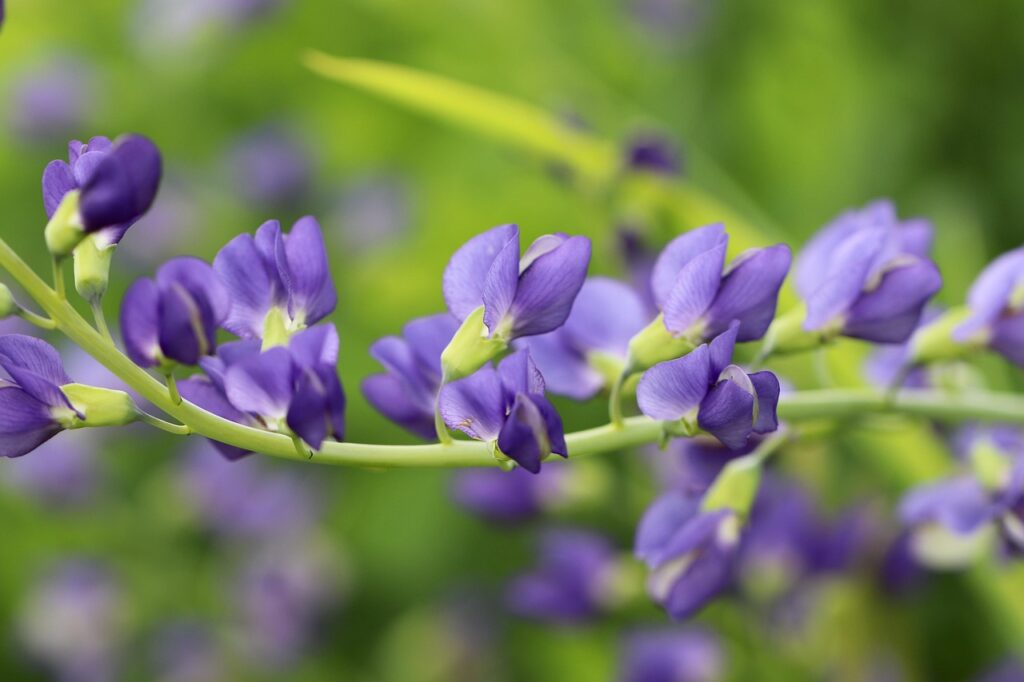
Baptisia australis has a calm yet striking presence in the garden. Here are some key points to consider for successful cultivation:
Sunlight
Prefers full sun. Adequate light promotes stable growth and abundant flowering.
Watering
Once established, it is relatively drought tolerant. However, regular watering is necessary during the initial planting stage. Water deeply when the soil surface dries out.
Soil
Requires well-drained soil. A mixture of sandy or loamy soil with compost works best. Avoid excessive moisture.
Fertilizer
Does not require heavy feeding. A small amount of slow-release fertilizer in early spring is sufficient. Over-fertilizing may cause leggy growth.
Pruning & Support
Cutting back after flowering helps maintain shape. As the plant grows tall, staking may be necessary in windy locations.
Wintering
Hardy and capable of overwintering in most regions of Japan when planted in the ground. Even if the above-ground parts wither, new shoots emerge in spring.
Conclusion
I regard Baptisia australis as a perennial native to North America that harmonizes beautifully with natural landscapes through its blue-violet flowers.
It is widely appreciated in naturalistic garden design and brings a sense of calm unity to the entire garden.

